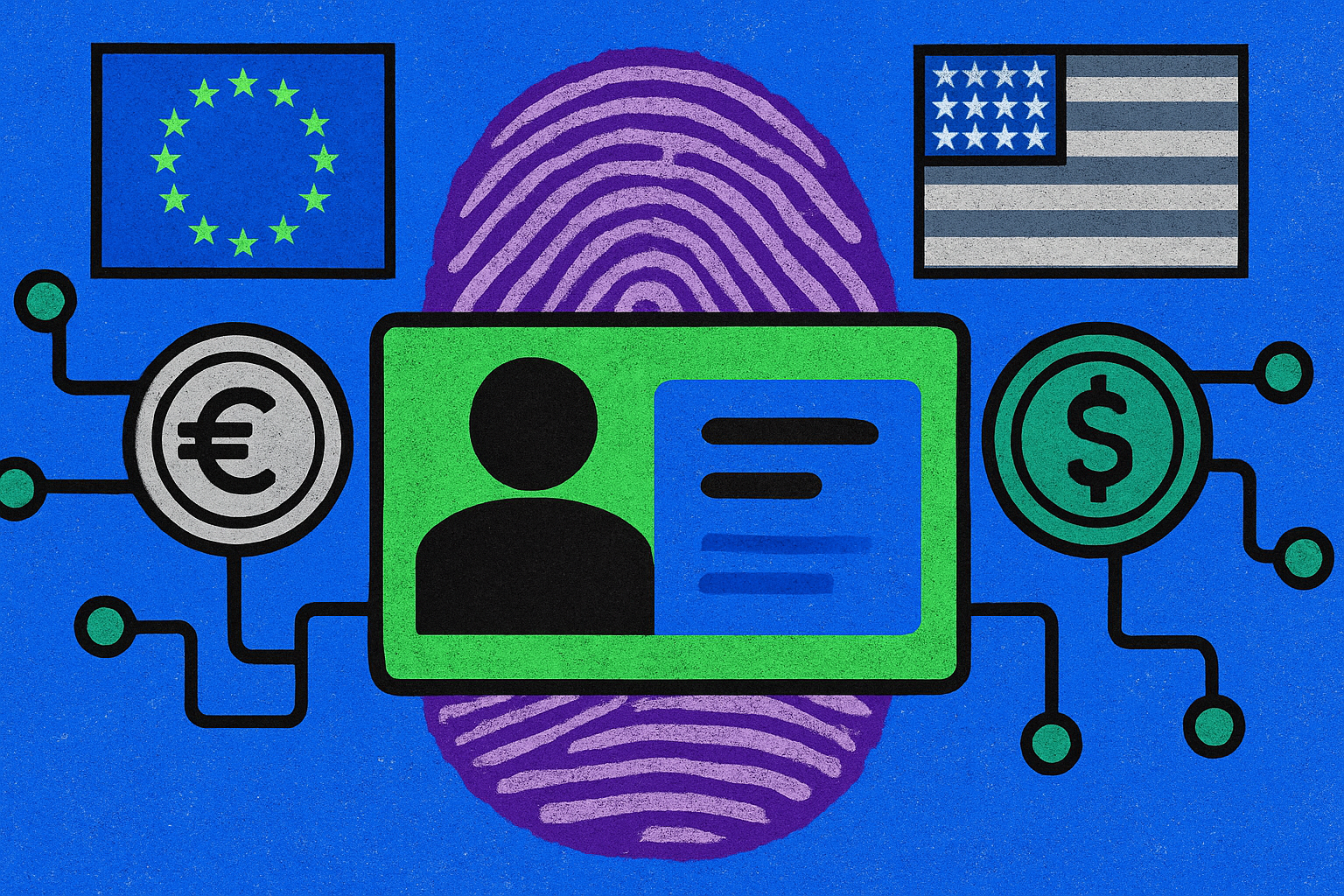
Singapore’s stablecoin regulatory regime isn’t just ahead of the curve – it’s drawing a new one. For legal professionals advising crypto issuers, understanding the 2024 stablecoin licensing requirements in Singapore is now table stakes for any serious digital asset strategy. MAS’s finalized framework, which kicked in August 2023 and continues to set the pace as of November 2025, delivers both clarity and rigor. If you want to operate above-board in this jurisdiction, here’s what you need to know.

The Regulatory Landscape: MAS Sets the Benchmark
Singapore has firmly positioned itself as Asia’s leading hub for regulated innovation in digital assets. The Monetary Authority of Singapore (MAS) has built a framework that specifically targets single-currency stablecoins (SCS) pegged to either the Singapore Dollar or any G10 currency. This is not a blanket approach – it’s surgical, designed to foster trust and market integrity while keeping systemic risks on a tight leash.
The key regulatory touchstone is the Payment Services Act (PSA), now updated to introduce “Stablecoin Issuance Service” as a newly regulated activity. If you’re issuing SCS in Singapore or marketing them to Singaporeans, you’re squarely within scope. The MAS has made it clear: no license, no business.
Licensing Requirements: Two-Tiered System
The PSA sets out a two-tiered licensing regime for stablecoin issuers:
- Stablecoin Issuance Service License: Required for any entity issuing SCS within Singapore or targeting local users.
- Major Payment Institution (MPI) License: Mandatory if your SCS circulation exceeds SGD 5 million. This threshold isn’t just a number – it triggers higher compliance standards and scrutiny from MAS.
MPI licensees must maintain base capital of at least SGD 1 million or 50% of annual operating expenses, whichever is higher. This is designed to ensure that only well-capitalized players can scale up their operations – and that consumer funds are never at risk due to issuer insolvency.
Reserve Asset Requirements: Full-Backed or Bust
If there’s one non-negotiable pillar in the MAS framework, it’s reserve backing. Issuers must hold reserve assets equal to 100% of the par value of all outstanding SCS. These reserves must be held in low-risk, highly liquid instruments – think cash or short-term government securities (max three months maturity), denominated in the same currency as your peg.
This isn’t theoretical: reserves have to be segregated with licensed custodians, subject to monthly independent attestations and annual audits. Transparency isn’t just encouraged; it’s enforced by design. Legal professionals should pay close attention here: failure to comply means swift regulatory action and potential license revocation.
User Protection and Redemption Rights
The new regime doesn’t just protect markets; it protects end-users too. Issuers are required by law to redeem SCS at par value within five business days upon request – no excuses, no delays. This ensures liquidity for consumers and prevents scenarios where redemption windows become bottlenecks during periods of volatility.
User disclosures are another cornerstone: issuers must provide clear information about reserve audits, value stabilization mechanisms, and all associated risks. This level of transparency is what separates compliant operators from fly-by-night projects still lurking on offshore exchanges.
If you’re looking for more granular details on these requirements or want real-world examples from recent licensees like StraitsX or Coinbase, check out our deep-dive guide at this link.
Operational Standards: Risk Management and Compliance
MAS isn’t just checking boxes, it’s demanding robust, ongoing compliance. Stablecoin issuers must implement comprehensive risk management frameworks that address operational, technological, and financial risks. This means regular stress-testing of systems, incident response protocols, and procedures for orderly wind-downs if things go sideways. For legal professionals, this is a call to ensure clients’ internal controls are up to MAS scrutiny, not just at launch but throughout the life cycle of the stablecoin.
Capital adequacy is another non-negotiable. Beyond the SGD 1 million base capital requirement for Major Payment Institutions, issuers must maintain liquid assets covering more than half their annual operating expenses or enough to facilitate recovery and wind-down scenarios. MAS’s message is clear: only players with real staying power need apply.
Singapore vs Major Jurisdictions: Stablecoin Licensing Requirements (2025)
| Requirement | Singapore (MAS) | European Union (MiCA) | United States (Draft Legislation) | Switzerland (FINMA) |
|---|---|---|---|---|
| Regulatory Framework | Payment Services Act (PSA) – Stablecoin Issuance Service (2023) | Markets in Crypto-Assets Regulation (MiCA, 2024) | Proposed Stablecoin Acts (not yet enacted) | FINMA Guidance 06/2024 |
| License Type | Major Payment Institution (MPI) License if SCS > SGD 5M | EMI or Asset-Referenced Token License | Proposed federal/state licenses | FINMA approval for payment tokens |
| Reserve Requirements | 100% fully backed by low-risk, liquid assets (cash, T-bills ≤3 months) | Full reserve, segregated assets, regular attestation | Proposed 1:1 reserve backing, asset segregation | Full backing, asset segregation, regular reporting |
| Redemption Obligation | At par, within 5 business days | At par, prompt redemption required | At par, within proposed timeframes | At par, prompt redemption |
| Capital Requirements | ≥ SGD 1M or 50% of annual OPEX (whichever higher) | Own funds requirement (varies by scale) | Proposed minimum capital (amounts TBD) | Adequate capital per risk assessment |
| Custody/Audit | Reserves with licensed custodians, monthly attestations, annual audits | Segregated custody, regular audits | Segregated custody, regular audits (proposed) | Segregated custody, regular audits |
| Consumer Protection | Clear disclosures, audit transparency, restrictions on retail lending/staking (2025) | Transparency, disclosure, complaint handling | Disclosure, consumer protection (proposed) | Disclosure, complaint handling |
| Risk Management | Robust operational, tech, and financial risk controls required | Comprehensive risk management policies | Proposed risk management requirements | Comprehensive risk management required |
| Recent Developments | Enhanced consumer safeguards (2025); global interest from major firms | MiCA implementation ongoing (2024-2025) | Federal regulation pending; state regimes vary | FINMA updated guidance (2024) |
Recent Developments: Consumer Safeguards and Global Momentum
The regulatory bar keeps rising. In June 2025, MAS rolled out enhanced consumer protection measures for digital payment token service providers. Most notably, it restricted lending and staking services for retail investors, a direct response to market volatility and risk events seen elsewhere in the crypto sphere. These moves have made Singapore one of the safest environments globally for both stablecoin users and institutional participants.
This proactive stance hasn’t gone unnoticed internationally. Financial giants like Ant International are now eyeing Singapore for stablecoin operations, attracted by regulatory clarity and strong enforcement. The result? Singapore’s digital asset ecosystem is attracting serious institutional flows while maintaining a fortress-like approach to compliance.

What Legal Professionals Should Watch Next
Staying ahead in this fast-evolving space means keeping tabs on both regulatory updates and market trends. Legal advisors must track ongoing MAS consultations as well as international developments, especially as cross-border stablecoin arrangements become more common in Asia-Pacific.
With 33 institutions now licensed under the PSA (including Coinbase and OKX), competition is heating up. Expect further refinements to disclosure standards, reserve composition rules, and technology risk guidelines as MAS responds to new market realities.
Checklist: Key Steps for Stablecoin Licensing Compliance
The bottom line? Singapore’s regime isn’t just about ticking compliance boxes, it’s about building trust at scale in a market that demands both innovation and accountability. Legal professionals who master these licensing requirements can give their clients a true edge in one of the world’s most scrutinized digital asset hubs.
If you need deeper analysis or want help navigating your client’s next steps under the new regime, explore our comprehensive resource at this guide.




